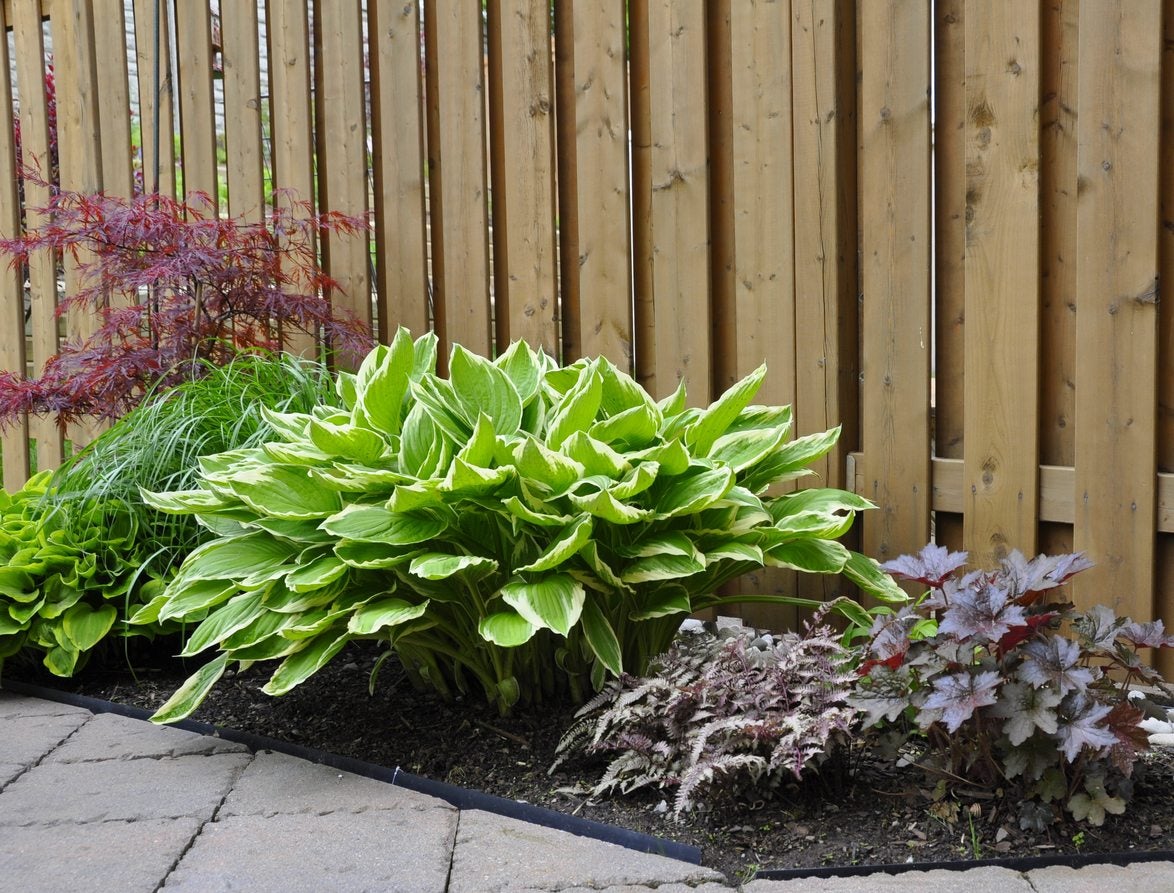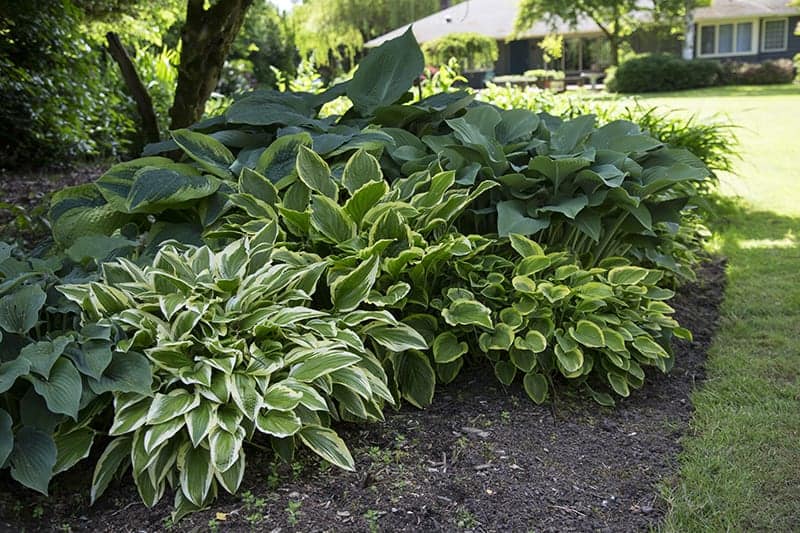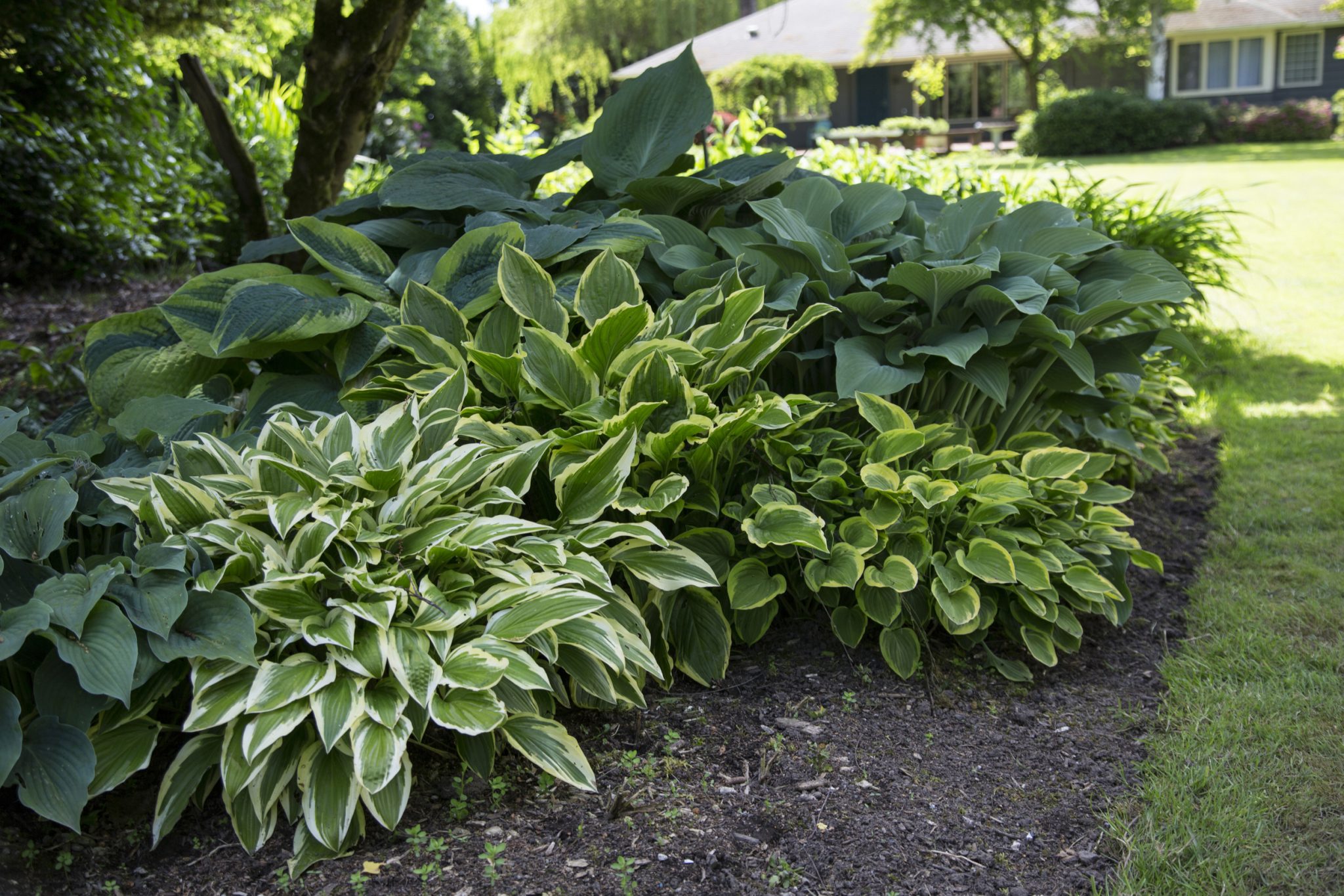How to Bring Life to Low-Light Areas of Your Garden
Gardening in shady areas can be a challenge, but with the right plants, it can also be a rewarding experience. Shady spots in your garden can be just as beautiful and thriving as those in full sun, as long as you choose the right plants that are tolerant of low-light conditions. When it comes to selecting plants good for shady areas, it’s essential to consider the level of shade your garden receives, as well as the specific growing conditions of each plant. In this article, we’ll provide expert advice on how to bring life to low-light areas of your garden, including tips on choosing the best plants for shady spots, understanding shade levels, and creating a maintenance-friendly shade garden.
Shady areas can be found in various parts of your garden, from under trees and shrubs to north-facing walls and slopes. While some plants may struggle to survive in these conditions, others thrive in the shade, providing a range of benefits, including beauty, texture, and even fragrance. By selecting plants that are well-suited to shady conditions, you can create a stunning and thriving garden that adds value and enjoyment to your outdoor space.
Before we dive into the best plants for shady areas, it’s essential to understand the different levels of shade and how to determine the shade level in your garden. This knowledge will help you choose the most suitable plants for your specific conditions, ensuring they receive the right amount of light to thrive. In the next section, we’ll explore the different levels of shade, from partial to full shade, and provide tips on how to determine the shade level in your garden.
Understanding Shade Levels: From Partial to Full Shade
When it comes to gardening in shady areas, understanding the different levels of shade is crucial for selecting the right plants. Shade levels can vary significantly, from partial shade to full shade, and each level requires specific plants that are tolerant of those conditions. In this section, we’ll explore the different levels of shade and provide tips on how to determine the shade level in your garden.
Partial shade, also known as dappled shade, is characterized by filtered sunlight that passes through trees or other obstructions. This type of shade is ideal for plants that require some direct sunlight but can also tolerate shade. Examples of plants that thrive in partial shade include impatiens, coleus, and hostas. To determine if your garden receives partial shade, observe the area during the peak sun hours (usually between 11am and 3pm) and note the amount of direct sunlight it receives.
Full shade, on the other hand, is characterized by little to no direct sunlight. This type of shade is often found in areas with dense tree cover or north-facing walls. Plants that tolerate full shade, such as ferns, astilbe, and hellebores, are ideal for these areas. To determine if your garden receives full shade, observe the area during the peak sun hours and note the absence of direct sunlight.
Deep shade is another level of shade that is characterized by very little to no sunlight. This type of shade is often found in areas with dense tree cover or under decks and patios. Plants that tolerate deep shade, such as Chinese evergreen and peace lily, are ideal for these areas.
Understanding the different levels of shade in your garden is essential for selecting the right plants. By determining the shade level in your garden, you can choose plants that are well-suited to those conditions, ensuring they receive the right amount of light to thrive. In the next section, we’ll explore the top plants for partial shade, including flowering plants and foliage plants.
Top Plants for Partial Shade: Adding Color and Texture
Partial shade is a great opportunity to add color and texture to your garden with a variety of plants that thrive in these conditions. When selecting plants for partial shade, consider a mix of flowering plants, foliage plants, and ground covers to create a visually appealing display. Here are some top plants for partial shade that are perfect for adding color and texture to your garden.
Flowering plants like impatiens and coleus are ideal for partial shade. Impatiens are known for their bright, cheerful blooms in shades of pink, white, and purple, while coleus offers a range of colorful foliage in shades of green, gold, and burgundy. Both plants are easy to care for and can thrive in partial shade with minimal maintenance.
Foliage plants like hostas and heuchera are also great options for partial shade. Hostas offer large, leafy foliage in shades of green and gold, while heuchera provides maple-like leaves in shades of silver, gold, and burgundy. Both plants are low-maintenance and can add texture and interest to your garden.
To care for these plants, make sure to provide them with well-draining soil and adequate moisture. Fertilize them regularly to promote healthy growth and blooming. Prune them regularly to maintain shape and encourage new growth.
Combining these plants with other shade-tolerant plants can create a stunning display of color and texture in your garden. Consider combining impatiens with hostas and heuchera for a beautiful, low-maintenance display. You can also add some shade-tolerant ground covers like vinca minor or pachysandra to fill in gaps and suppress weeds.
By selecting the right plants for partial shade, you can create a beautiful and thriving garden that adds color and texture to your outdoor space. In the next section, we’ll explore the best plants for full shade, including low-maintenance options like ferns and astilbe.
Best Plants for Full Shade: Low-Maintenance Options
Full shade can be a challenging environment for plants, but there are many low-maintenance options that can thrive in these conditions. When selecting plants for full shade, consider plants that are native to woodland environments or have adapted to low-light conditions. Here are some of the best plants for full shade that are perfect for adding beauty and interest to your garden.
Ferns are a great option for full shade, with many species to choose from, including autumn ferns, maidenhair ferns, and ostrich ferns. These plants are low-maintenance and can add a delicate, lacy texture to your garden. Astilbe is another great option for full shade, with its feathery plumes in shades of pink, red, and white. This plant is also low-maintenance and can add a pop of color to your garden.
Hellebores are also known as Christmas roses and are a great option for full shade. These plants produce nodding, bell-shaped flowers in shades of white, pink, and purple, and are often referred to as “winter jewels” due to their ability to bloom in late winter and early spring. They are low-maintenance and can add a touch of elegance to your garden.
When planting in full shade, make sure to choose plants that are adapted to low-light conditions. Avoid planting in areas with standing water, as this can lead to root rot and other problems. Also, be sure to provide adequate moisture, as full shade can be dry and may require more frequent watering.
By incorporating these low-maintenance plants into your garden design, you can create a beautiful and thriving shade garden that requires minimal upkeep. In the next section, we’ll explore the benefits of using shade-tolerant ground covers to suppress weeds and add interest to shady areas.
Shade-Tolerant Ground Covers: Suppressing Weeds and Adding Interest
Shade-tolerant ground covers are an excellent way to suppress weeds and add interest to shady areas of your garden. These plants are designed to thrive in low-light conditions and can help to prevent weeds from growing by blocking out light and preventing seed germination. Here are some of the best shade-tolerant ground covers to consider for your garden.
Vinca minor, also known as periwinkle, is a popular shade-tolerant ground cover that can thrive in a range of light conditions, from partial to full shade. This plant has blue-purple flowers in the spring and has a moderate growth rate, making it an excellent choice for suppressing weeds and adding interest to shady areas.
Pachysandra is another excellent shade-tolerant ground cover that can thrive in full shade. This plant has glossy, dark green leaves and can grow up to 12 inches tall. It is an excellent choice for suppressing weeds and adding interest to shady areas, and can be used as a substitute for grass in shaded areas.
When planting shade-tolerant ground covers, make sure to choose plants that are suitable for your specific climate and soil type. Also, be sure to plant them at the right time of year, as some ground covers can be sensitive to extreme temperatures and moisture levels.
To care for shade-tolerant ground covers, make sure to provide them with adequate moisture and fertilize them regularly. Prune them regularly to maintain shape and promote healthy growth. By incorporating these plants into your garden design, you can create a beautiful and thriving shade garden that requires minimal upkeep.
By using shade-tolerant ground covers, you can add interest and beauty to shady areas of your garden, while also suppressing weeds and reducing maintenance. In the next section, we’ll explore how to combine plants with different textures, colors, and growth habits to create a thriving shade garden.
Combining Plants for a Thriving Shade Garden
Combining plants with different textures, colors, and growth habits is key to creating a thriving shade garden. By selecting a variety of plants that complement each other, you can create a visually appealing display that adds interest and beauty to your garden. Here are some expert tips on how to combine plants for a thriving shade garden.
Start by selecting a mix of plants with different textures, such as ferns, hostas, and heuchera. These plants have different leaf shapes and sizes, which can add depth and interest to your garden. Next, consider adding some flowering plants like impatiens or coleus, which can add a pop of color to your garden.
When combining plants, it’s also important to consider their growth habits. For example, some plants like ferns and hostas can grow quite tall, while others like vinca minor and pachysandra can spread out and cover a lot of ground. By selecting plants with different growth habits, you can create a layered and interesting display.
Soil type and moisture levels are also important factors to consider when combining plants. Make sure to select plants that have similar soil and moisture requirements, so that they can thrive together. For example, if you have a garden with dry soil, select plants that are drought-tolerant, like succulents or sedums.
Finally, consider the maintenance requirements of the plants you select. Some plants like ferns and hostas require regular watering and fertilization, while others like vinca minor and pachysandra are low-maintenance and can thrive with minimal care. By selecting plants with similar maintenance requirements, you can create a garden that is easy to care for and maintain.
By following these tips, you can create a thriving shade garden that is beautiful and interesting. Remember to select a variety of plants with different textures, colors, and growth habits, and consider their soil and moisture requirements, as well as their maintenance needs. In the next section, we’ll explore common mistakes to avoid when planting in shady areas.
Common Mistakes to Avoid When Planting in Shady Areas
When planting in shady areas, it’s easy to make mistakes that can lead to poor plant growth, disease, and pest problems. Here are some common mistakes to avoid when planting in shady areas, and tips on how to avoid them.
One of the most common mistakes is choosing plants that require too much sunlight. While some plants can tolerate partial shade, others require full sun to thrive. Make sure to choose plants that are suitable for the level of shade in your garden. For example, if you have a garden with full shade, choose plants like ferns, astilbe, and hellebores that can tolerate low light conditions.
Another mistake is neglecting soil preparation. Shady areas often have poor soil quality, which can lead to poor plant growth. Make sure to test your soil and amend it if necessary. Add organic matter like compost or manure to improve soil structure and fertility.
Failing to provide adequate moisture is another common mistake. Shady areas can be dry, especially if they are under trees or other obstructions. Make sure to water your plants regularly, but avoid overwatering, which can lead to root rot and other problems.
Finally, failing to provide proper care is another mistake to avoid. Shady areas require regular maintenance, including pruning, fertilizing, and pest control. Make sure to prune your plants regularly to maintain shape and promote healthy growth. Fertilize your plants regularly, but avoid overfertilizing, which can lead to weak growth and other problems.
By avoiding these common mistakes, you can create a thriving shade garden that is beautiful and low-maintenance. Remember to choose the right plants, prepare the soil, and provide proper care to ensure success. In the next section, we’ll summarize the key takeaways from the article and provide final tips on how to create a maintenance-friendly shade garden.
Creating a Maintenance-Friendly Shade Garden
Creating a maintenance-friendly shade garden requires careful planning and attention to detail. By selecting the right plants, preparing the soil, and providing proper care, you can create a thriving and beautiful shade garden that requires minimal upkeep.
When selecting plants for your shade garden, choose plants that are suitable for the level of shade in your garden. Consider plants like ferns, astilbe, and hellebores that can tolerate full shade, or plants like impatiens and coleus that can thrive in partial shade.
Preparing the soil is also crucial for a maintenance-friendly shade garden. Test your soil and amend it if necessary. Add organic matter like compost or manure to improve soil structure and fertility.
Providing proper care is also essential for a maintenance-friendly shade garden. Water your plants regularly, but avoid overwatering, which can lead to root rot and other problems. Fertilize your plants regularly, but avoid overfertilizing, which can lead to weak growth and other problems.
By following these tips, you can create a maintenance-friendly shade garden that is beautiful and thriving. Remember to select the right plants, prepare the soil, and provide proper care to ensure success.
In conclusion, creating a shade garden can be a rewarding and enjoyable experience. By selecting the right plants, preparing the soil, and providing proper care, you can create a thriving and beautiful shade garden that requires minimal upkeep. Whether you have a small or large garden, a shade garden can be a great way to add beauty and interest to your outdoor space.






:max_bytes(150000):strip_icc()/curved-path-through-full-shade-garden-0c339a6b-d992867929f842b6b5d52006f54355d7.jpg)

